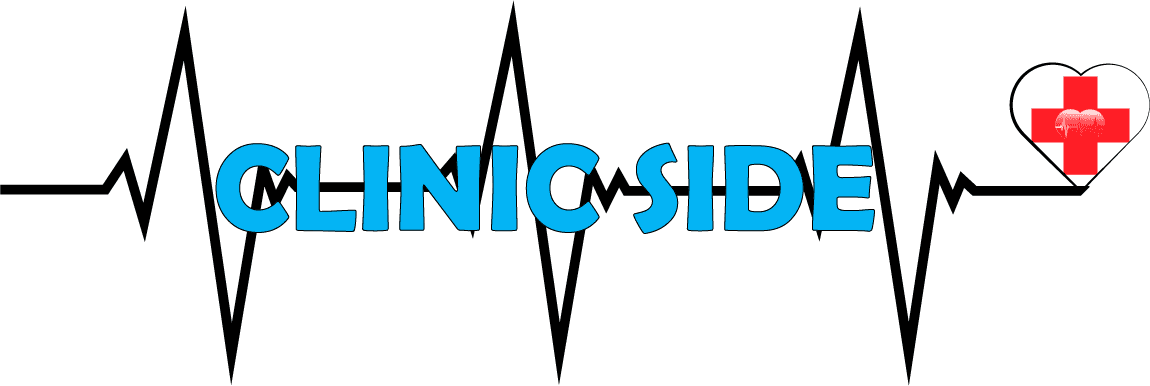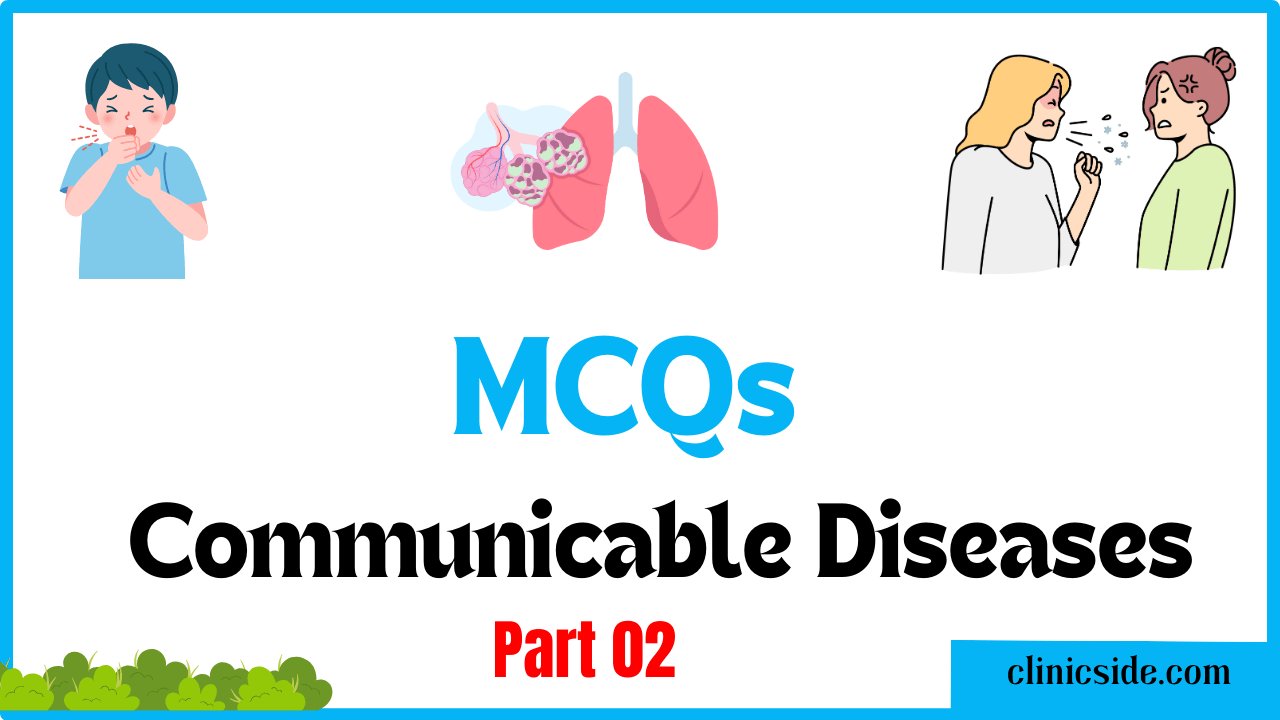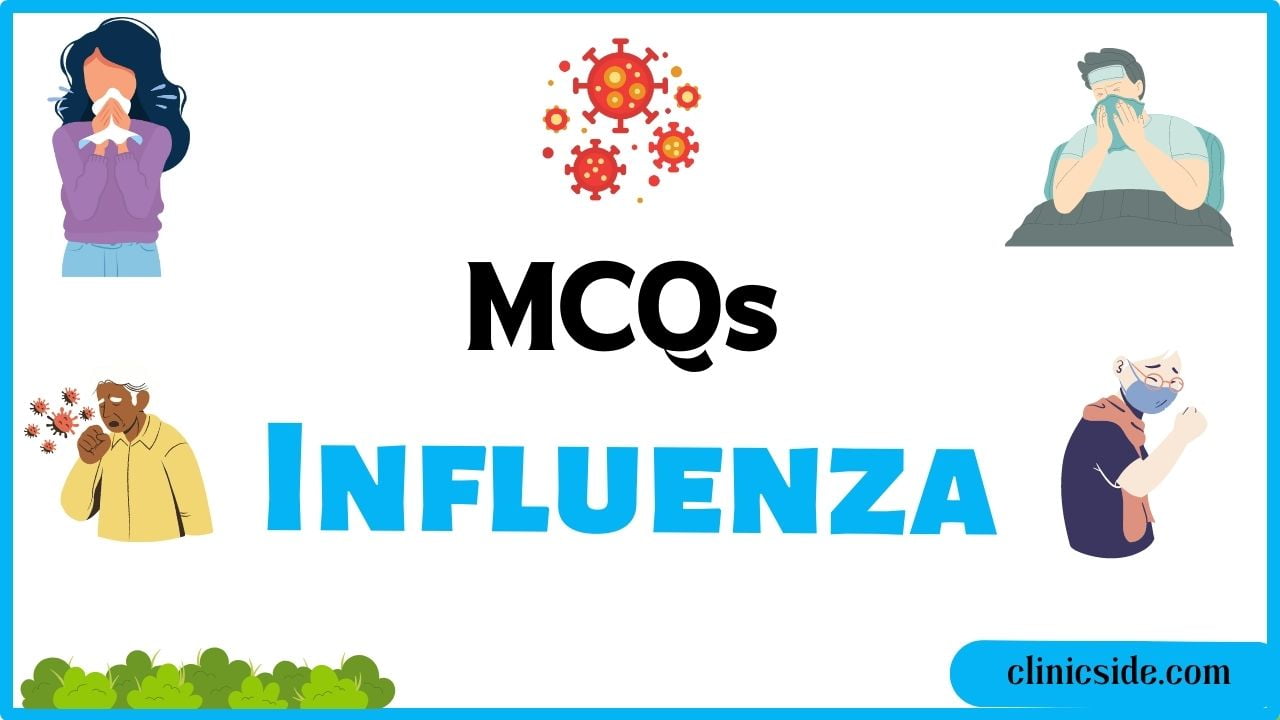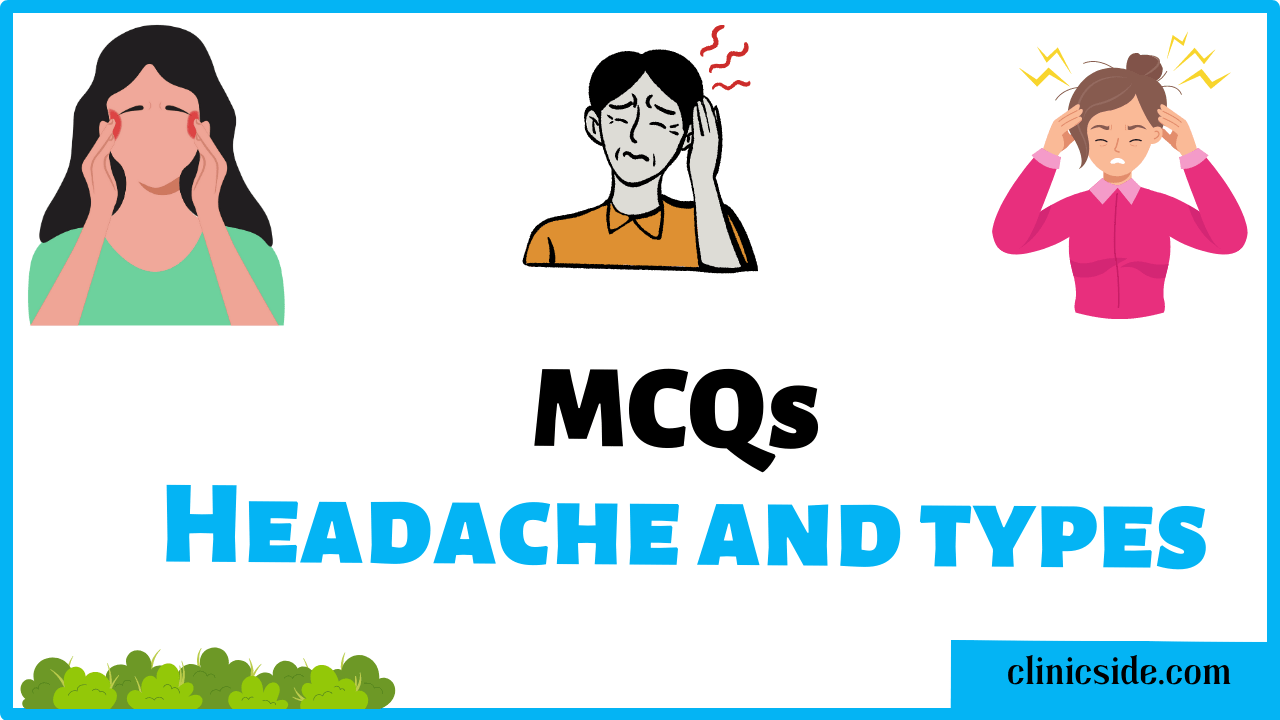Quiz
Available options: 1 to 20
Pre-Quiz Discussion on Communicable Diseases.:
Communicable Diseases:
Communicable diseases are caused by germs such as bacteria, viruses, parasites, or fungi, and they can be passed through various means like touch, air, or contaminated objects. Common examples include the flu, colds, and infections. Staying clean, practicing good hygiene, and getting vaccinated are ways to help prevent the spread of communicable diseases.
Common Types of Communicable Diseases
- Respiratory infections (e.g., influenza, tuberculosis)
- Waterborne diseases (e.g., cholera, dysentery)
- Vector-borne diseases (e.g., malaria, dengue fever)
- Sexually transmitted infections (e.g., HIV, gonorrhea)
- Vaccine-preventable diseases (e.g., measles, polio)
Overview of Communicable Diseases and Their Causative Agents:
Communicable diseases are illnesses caused by infectious agents such as bacteria, viruses, fungi, or parasites, and they can be transmitted directly or indirectly from person to person, through animals, or via environmental factors. Here is a few examples of communicable diseases and their causative agents.
Influenza (Flu): Caused by influenza viruses, transmitted through respiratory droplets.
Common Cold: Caused by different viruses, primarily rhinoviruses, and transmitted through respiratory droplets.
Tuberculosis (TB): Caused by the bacterium Mycobacterium tuberculosis, transmitted through the air.
HIV/AIDS: Caused by the human immunodeficiency virus (HIV), primarily transmitted through unprotected sexual intercourse, contaminated blood, and from mother to child during childbirth or breastfeeding.
Malaria: Caused by Plasmodium parasites, transmitted through the bites of infected mosquitoes.
Cholera: Caused by the bacterium Vibrio cholerae, transmitted through contaminated water and food.
Hepatitis: Several types (A, B, C, etc.) caused by different viruses, transmitted through contaminated food, water, and blood.
Dengue Fever: Caused by the dengue virus, transmitted through the bites of infected Aedes mosquitoes.
Zika Virus: Caused by the Zika virus, transmitted through the bites of infected Aedes mosquitoes and can also be sexually transmitted.
Typhoid Fever: Caused by the bacterium Salmonella Typhi, transmitted through contaminated food and water.
Gonorrhea: Caused by the bacterium Neisseria gonorrhoeae, primarily transmitted through sexual contact.
Syphilis: Caused by the bacterium Treponema pallidum, primarily transmitted through sexual contact.
Measles: Caused by the measles virus, transmitted through respiratory droplets.
Chickenpox (Varicella): Caused by the varicella-zoster virus, transmitted through respiratory droplets and direct contact.
Rubella (German Measles): Caused by the rubella virus, transmitted through respiratory droplets.
E. coli Infections: Caused by Escherichia coli bacteria, transmitted through contaminated food, water, and contact with infected individuals.
Norovirus Infection: Caused by the norovirus, transmitted through contaminated food, water, and person-to-person contact.
Rabies: Caused by the rabies virus, usually transmitted through the bite of an infected animal.
Whooping Cough (Pertussis): Caused by the bacterium Bordetella pertussis, transmitted through respiratory droplets.
Scabies: Caused by the Sarcoptes scabiei mite, transmitted through skin-to-skin contact.
Infectious Mononucleosis (Mono): Caused by the Epstein-Barr virus (EBV), transmitted through saliva.
Hand, Foot, and Mouth Disease: Caused by enteroviruses, transmitted through respiratory droplets, feces, and contact with contaminated surfaces.
Giardiasis: Caused by the Giardia lamblia parasite, transmitted through contaminated water and food.
Cryptosporidiosis: Caused by the Cryptosporidium parasite, transmitted through contaminated water and food.
Trachoma: Caused by the bacterium Chlamydia trachomatis, transmitted through direct or indirect contact with eye and nose discharge from infected individuals.
Candidiasis (Yeast Infection): Caused by the Candida fungus, transmitted through direct contact or from contaminated surfaces.
Practical Tips for Maintaining Personal and Public Health
Get Your Shots On Time:
Make sure you receive vaccines when needed to guard against preventable illnesses.
Keep Those Hands Clean:
Wash your hands often with soap and water, or use hand sanitizer if soap isn’t around.
Catch Your Coughs and Sneezes:
Whenever you cough or sneeze, be sure to use a tissue or the crook of your elbow to cover your mouth and nose.This helps keep germs from spreading to others.Toss used tissues in the bin.
Handle Food with Care:
Cook your food thoroughly and store it properly to avoid getting sick. Drink clean water for a healthier you.
Beat the Bugs:
Avoid pesky insects that can spread diseases by using bug repellent, wearing long sleeves, and getting rid of standing water near your home.
Practice Safe Intimacy:
Stay protected during intimate moments by using safeguards like condoms, and be aware of safe practices to prevent the spread of infections.
Stay Apart When You’re Unwell:
If you’re not feeling well, take a step back and disconnect from those around you. Follow quarantine guidelines if you’ve been in contact with a contagious illness.
Suit Up When Needed:
Whenever you find yourself in places where the risk of exposure is elevated, such as in a healthcare setting, make sure to wear masks, gloves, and any other recommended protective gear.
Spread Knowledge, Not Germs:
Learn about common diseases and share that knowledge with others. Being informed helps stop the spread of infections.
Clean Your Space:
Dispose of trash the right way, keep your surroundings clean, and ensure good ventilation for a healthy environment.
Mind the Animals:
Steer clear of animals that might carry diseases. Seek medical help promptly if you get bitten.
Antibiotics – Use Wisely:
Only take antibiotics when prescribed and finish the entire prescribed course. Using antibiotics correctly helps them work better.
Test Guidelines and Time Limit:
Guidelines for Maximizing Your Quiz Experience:
Read and Understand:
Carefully read each question related to communicable diseases and ensure you have a clear understanding of the concepts before selecting your answer. This will help you make informed choices and avoid misconceptions.
Choose the Best Answer:
Evaluate all available options before selecting the one that aligns best with your knowledge of communicable diseases. Strive for accuracy and relevance in your responses.
Time Management:
The quiz has a time limit based on the number of questions you choose. Allocate 45 seconds per question. Manage your time wisely to complete all questions within the allotted time.
Efficient time management increases your likelihood of successfully completing the quiz and submitting your answers within the designated timeframe. Best of luck!







Very nice and helpful thanks for sharing
This website help me a lot to test my medical knowledge. thank you so much for create amazing mcqs for us
Excuse for that I interfere … At me a similar situation. Let’s discuss. Write here or in PM.
You can contact me on my insta or facebook or use the contact form